Web Development
Web Development
The Core Pillars of Web Development: A Comprehensive Overview
Web development stands at the forefront of the digital age, shaping the way businesses, organisations, and individuals make their mark online. It’s the craft of moulding and enhancing online spaces, ensuring they’re not only functional but also engaging for visitors.
1. Website Design: Crafting Digital Aesthetics
- Structure & Layout: At its essence, website design choreographs the digital journey. It establishes where information sits, ensuring visitors intuitively find what they’re seeking.
- Visual Appeal: Beyond structure, it’s about evoking emotion. Selecting the right colour palette, typography, and graphical elements makes a site memorable and aligns with brand identity.
2. Content Creation: The Heartbeat of Your Website
- Engaging Writing: The pen, they say, is mightier than the sword. Well-crafted content speaks to the reader, keeping them engaged and returning for more.
- Media Elements: From eye-catching images to immersive videos, visual media complement textual content, enriching the user experience.
- SEO Optimisation: Content isn’t merely about what’s visible. Behind the scenes, it’s structured for search engine algorithms, incorporating keywords and meta tags to improve searchability.
3. SEO: Climbing the Search Engine Ladder
- Keyword Research: It’s about understanding the terms potential visitors use. Researching and integrating these keywords ensures your website answers the right queries.
- Link Building: Internal and external linking strategies bolster site authority, signalling to search engines that your website is a valuable resource.
- On-page Optimisation: Each page is a potential landing spot. From title tags to image alt attributes, on-page elements are tweaked to be SEO-friendly.
4. Ongoing Maintenance & Support: A Continuous Journey
- Security Protocols: With cyber threats lurking, keeping websites secure is paramount. Regular updates and security patches safeguard both the site and its visitors.
- Troubleshooting & Bug Fixes: Over time, glitches might emerge. Continuous oversight ensures these are promptly addressed, offering users a seamless experience.
- Refreshing Content: As industries evolve, so should website content. Regularly updating blog posts, product listings, and other dynamic sections keeps a site relevant.
5. Choosing the Right Web Development Collaborator
Whether opting for agencies, freelancers, or dedicated in-house teams, the right web development partner is instrumental. Here’s what to consider:
- Portfolio Examination: Past work showcases capability. It offers insight into design style, technical proficiency, and the diversity of projects handled.
- Technical Proficiency: Modern websites employ a myriad of tools and technologies. Ensure your collaborator is well-versed in platforms like WordPress, Joomla, or any specific frameworks you require.
- Client Testimonials: Authentic feedback from previous clients can offer a peek into the collaborative experience and the results achieved.
To wrap up, in the bustling online landscape, web development’s nuances dictate digital success. It’s an amalgamation of design, content, and ongoing commitment. As you embark on your digital journey, remember that the right partner can either make or mar your online identity.
Our Web Development
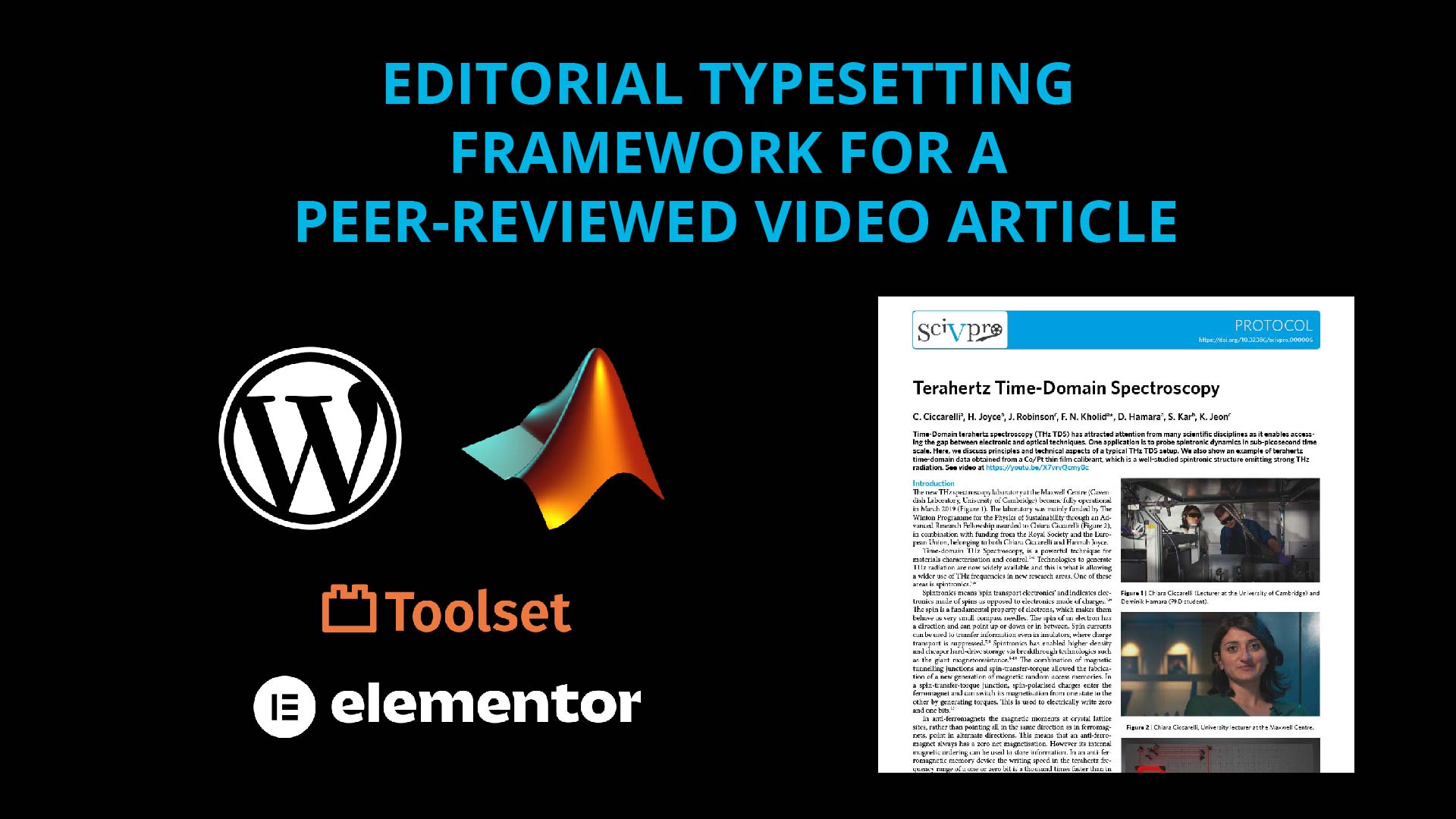
Learn More: Custom Peer Reviewed Editorial Framework
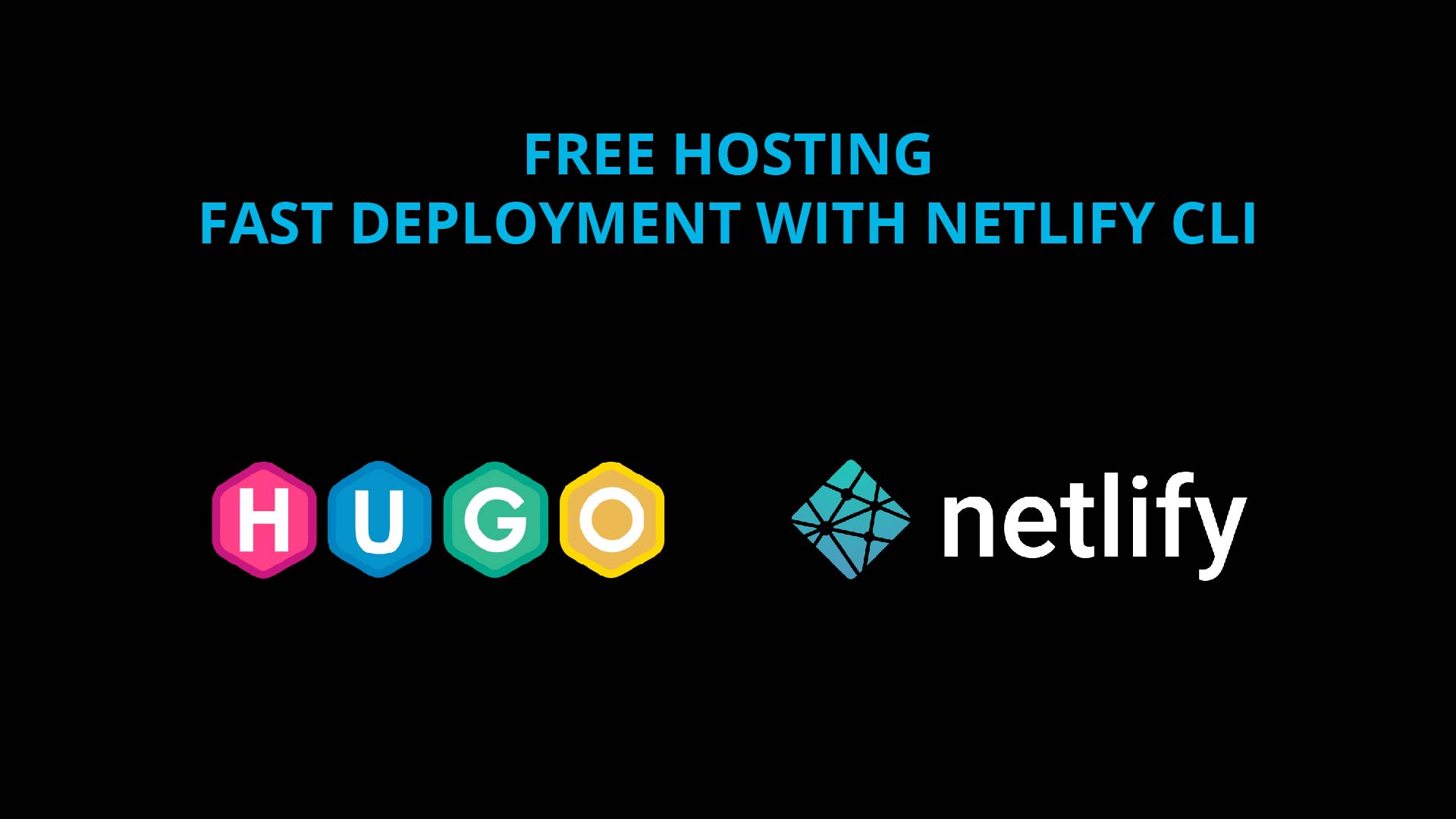
Learn More: Hosting Hugo Website on Netlify for Free

Learn More: SEO With Hugo (14) Seo Keywords

Learn More: SEO With Hugo (13) Html and CSS Validation

Learn More: SEO With Hugo (12) Sitemaps
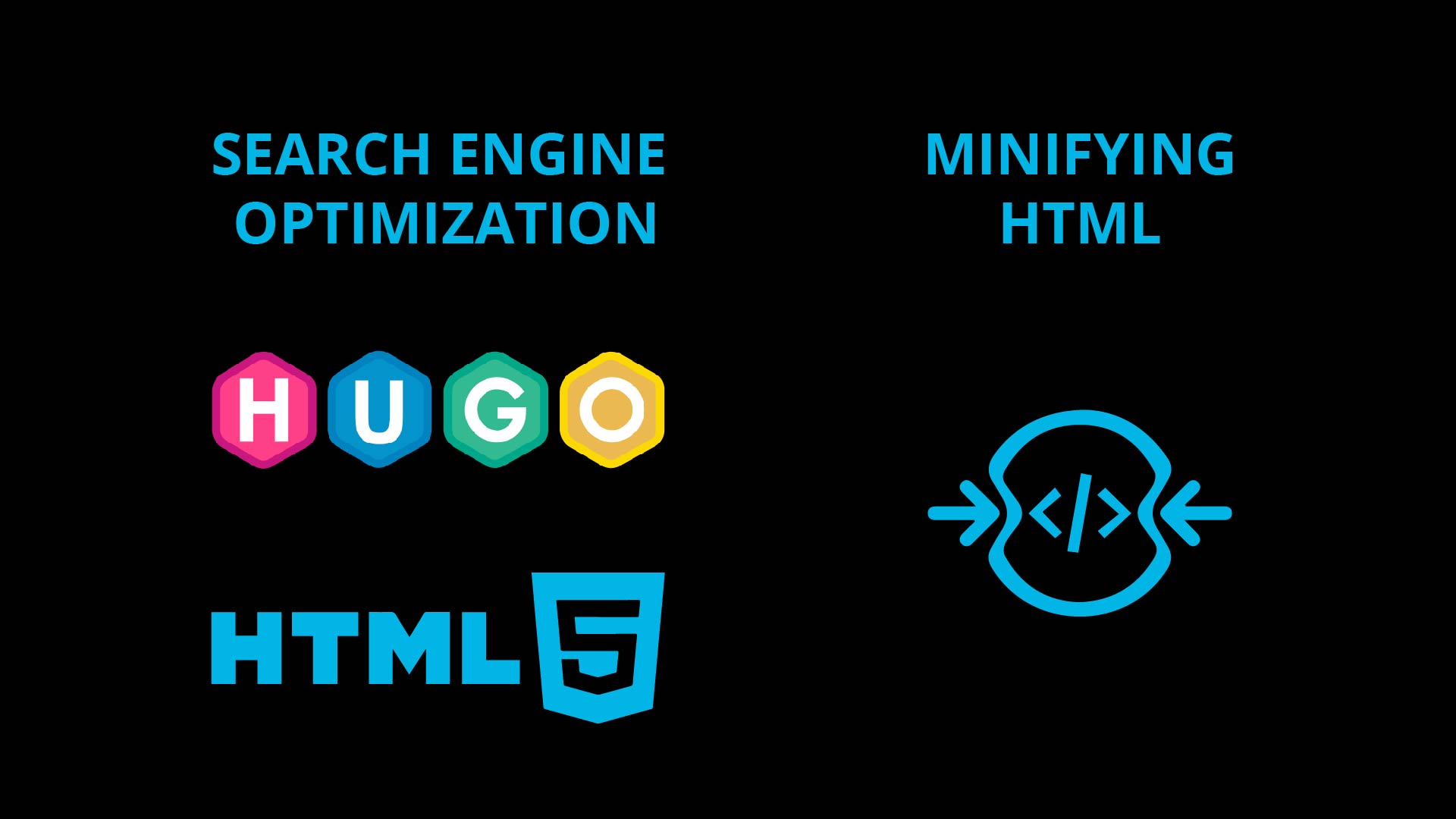
Learn More: SEO With Hugo (11) Minifying Html

Learn More: SEO With Hugo (10) Svg Optimisation

Learn More: SEO With Hugo (9) Images Optimisation

Learn More: SEO With Hugo (8) CSS Optimization
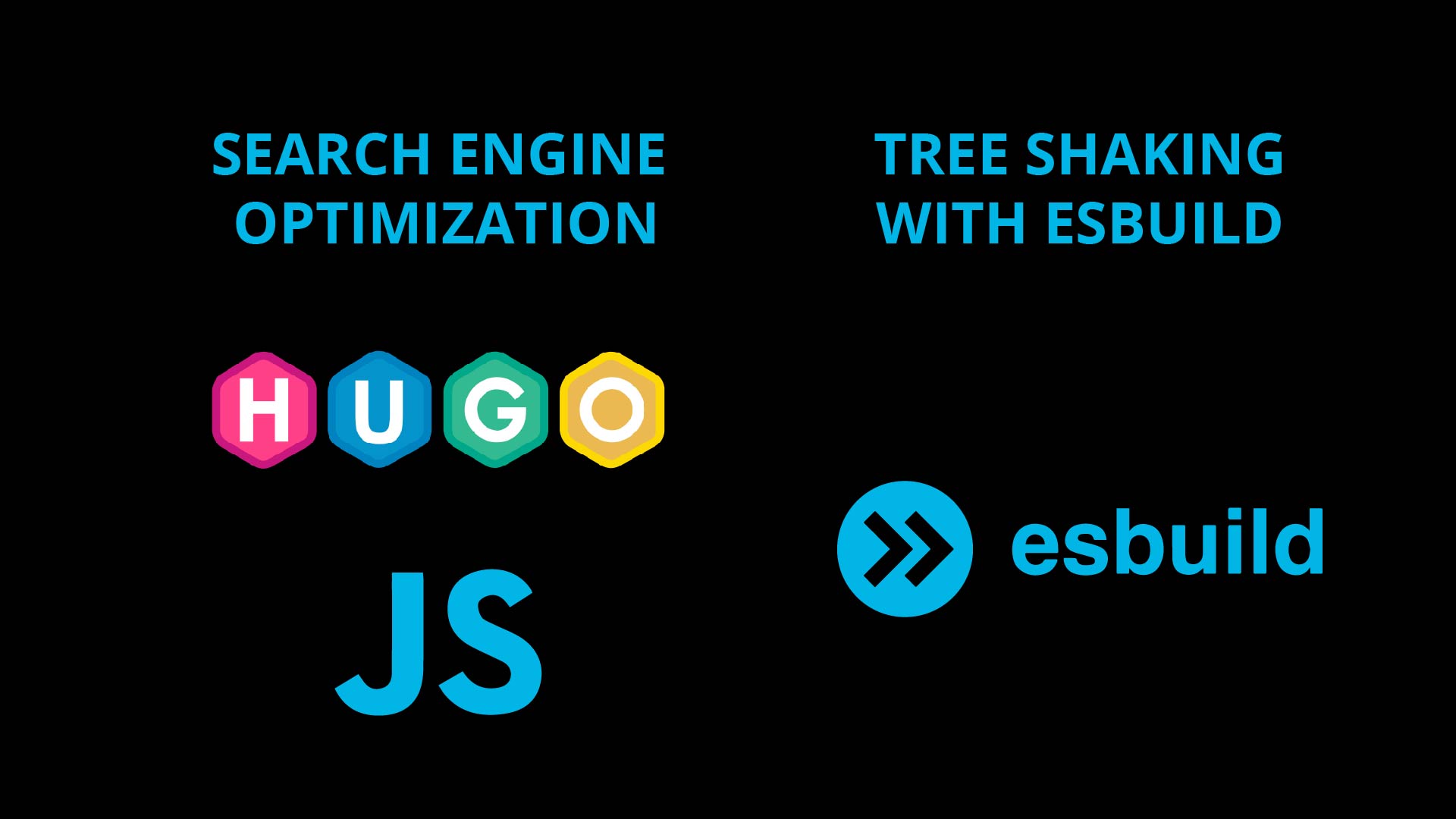
Learn More: SEO With Hugo (7) Javascript Optimization

Learn More: SEO With Hugo (6) Open Graph for Social Media

Learn More: SEO With Hugo (5) Breadcrumbs

Learn More: SEO With Hugo (4) - Structured Data Markup

Learn More: SEO With Hugo (3) - Website Structures
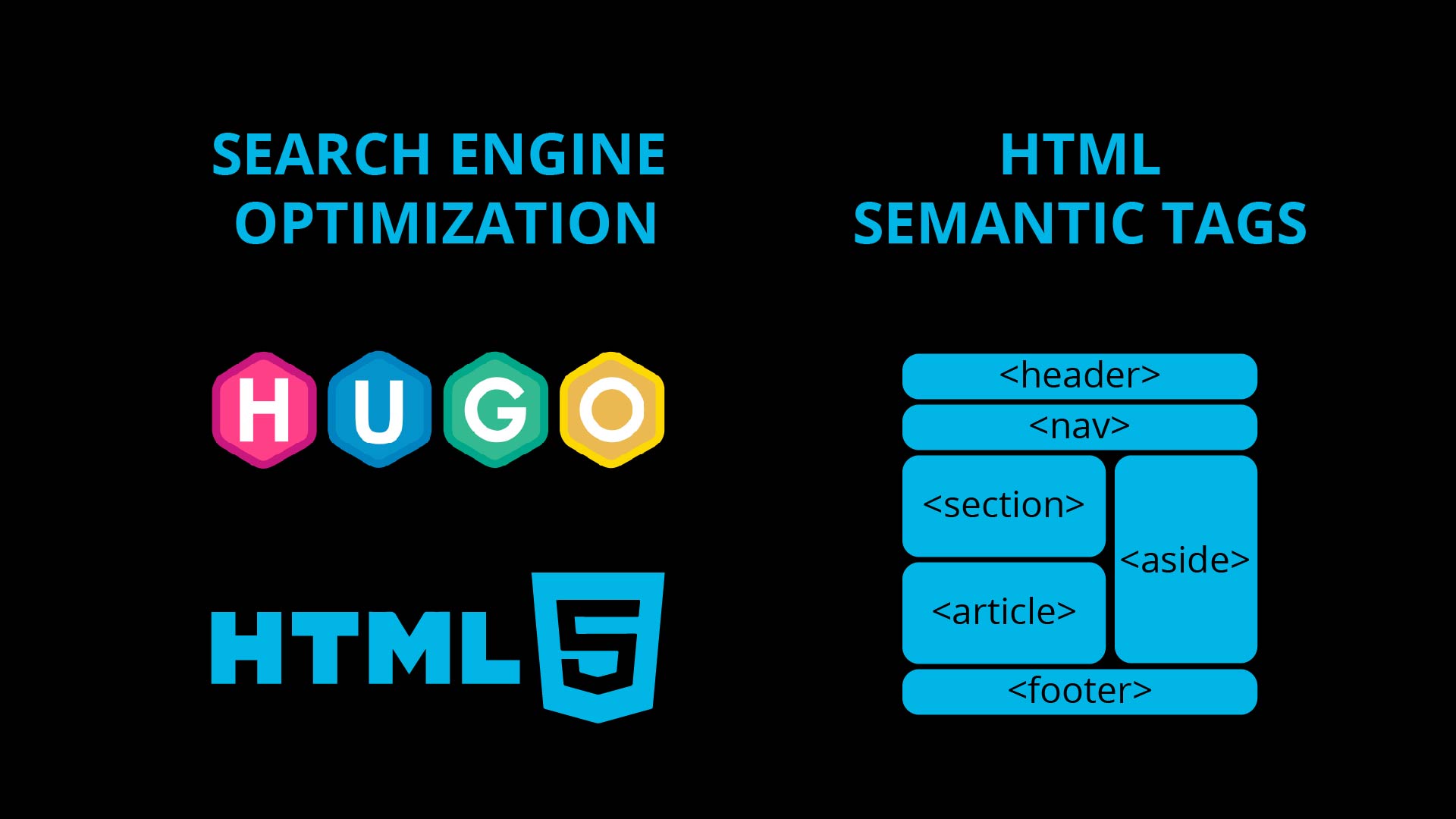
Learn More: SEO With Hugo (1) - HTML Semantic Tags

